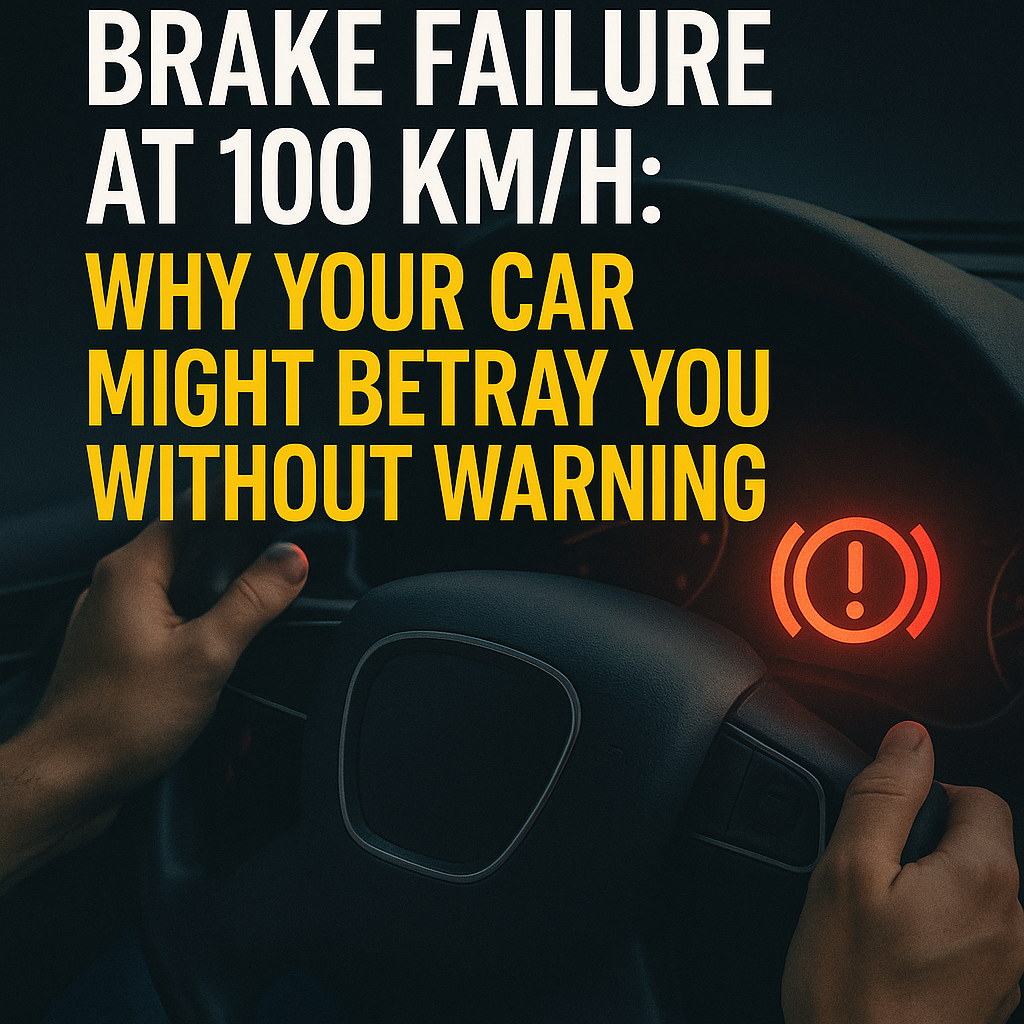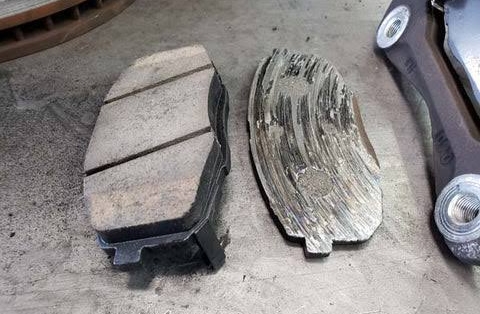Driving Tips
When Brakes Give Up at Top Speed: How to Survive a 100 km/h Failure

You’re cruising on the Lagos-Ibadan Expressway at 100 km/h. The road is clear, music is playing, and the car feels fine. Suddenly, a vehicle swerves into your lane. You press the brake pedal and nothing happens.
Also Read: Signs Your Brakes Need Immediate Attention
Brake failure is one of the most terrifying and dangerous mechanical failures a driver can experience, and in Nigeria’s high-speed, unpredictable traffic, it can be deadly.
This article explains why brake failure happens without warning, how to detect early signs, and most importantly, what to do if it happens to you at highway speeds.
1. Why Brake Failure Happens
Brakes are a system of hydraulic pressure, friction, and heat control. Any weakness in the system can lead to failure.
Common causes in Nigeria include:
- Worn Brake Pads: Overused pads lose friction.
- Brake Fluid Leaks: Hydraulic pressure drops if there’s a leak.
- Overheating (Brake Fade): Continuous braking downhill causes fluid to overheat.
- Poor Maintenance: Missed servicing schedules and cheap replacement parts.
- Contamination: Water or air bubbles in the brake lines reduce effectiveness.
2. The Nigerian Context
Nigeria’s road conditions increase the risk of brake problems:
- Hilly Terrain: Highways like Abuja–Lokoja require constant braking.
- Heavy Loads: Overloaded buses and trailers strain brakes.
- Unregulated Spare Parts: Counterfeit pads and fluids flood the market.
3. Early Warning Signs (Often Ignored)
Brake systems rarely fail instantly, they give warning signs:
- Squealing or Grinding Noise: Pads worn down to metal.
- Soft or Spongy Pedal: Air or moisture in the system.
- Car Pulling to One Side: Uneven brake wear or fluid leak.
- Brake Warning Light: Often ignored by drivers.
4. What to Do if Brakes Fail at 100 km/h
If your brakes fail at high speed:
- Stay Calm: Panic reduces reaction efficiency.
- Pump the Brake Pedal: Builds temporary pressure if fluid loss isn’t total.
- Downshift Gears: Use engine braking to slow down gradually.
- Use the Handbrake (Cautiously): Apply slowly to avoid locking wheels.
- Look for Escape Routes: Open shoulders, side roads, or open fields.
- Warn Other Drivers: Flash lights, honk horn, and steer predictably.
5. Case Study
In 2024, a Toyota Sienna on the Sagamu–Benin Expressway experienced brake failure at high speed. The driver quickly downshifted gears, used the handbrake gradually, and guided the vehicle onto a grassy roadside area. All 8 passengers survived.
6. How to Prevent Brake Failure
Regular Servicing: Inspect brake fluid, pads, and discs every 10,000 km.
- Use Quality Parts: Avoid counterfeit pads and low-quality fluids.
- Check Brake Fluid Levels: Top up when necessary and replace if dark or dirty.
- Drive Defensively: Avoid overusing brakes downhill; use engine braking.
Conclusion
Brake failure at 100 km/h is a nightmare scenario but it doesn’t have to end in tragedy. With regular maintenance, awareness of early warning signs, and calm emergency responses, Nigerian drivers can greatly reduce the risk.
















